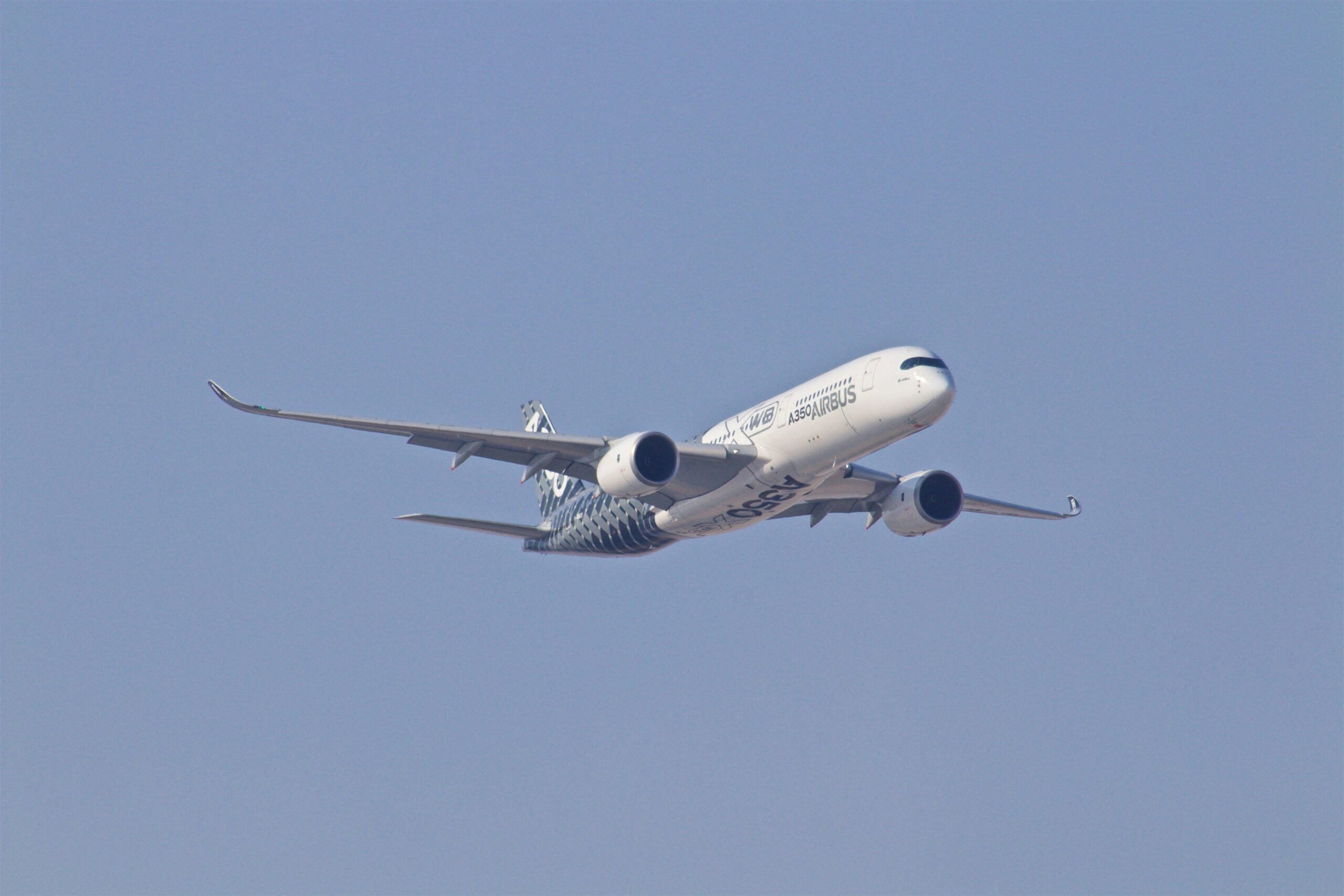Image credit: Unsplash
Despite ongoing economic pressures, manufacturers are showing increased confidence in their business outlook, according to the National Association of Manufacturers (NAM) Q4 2024 Manufacturers’ Outlook Survey. The report reveals a substantial uptick in optimism: 70.9% of respondents express a positive outlook on their company’s future, compared to 62.9% in Q3.
According to NAM President and CEO Jay Timmons, policy changes are driving this renewed confidence: “Manufacturing is central to the strength of the U.S. economy. Nearly 8 out of 10 manufacturers highlight the importance of restoring and protecting key provisions of the 2017 tax law to maintain competitiveness. Strengthening energy security and addressing regulatory challenges could further stimulate growth in the new year.”
Key Challenges Impacting the Sector
Traditional economic headwinds continue to impact the manufacturing sector. 63.2% of respondents listed rising health care and insurance costs as the chief business challenge in Q4. Next on the list? Reduced sales and an overall weaker economy, as cited by 58.0% of respondents.
Trade uncertainty emerged as a growing challenge. In contrast to Q3, when it stood at 36.8%, trade jumped to 56.1% in Q4. Large manufacturers were even more negative about trade, with 68.7% identifying it as a critical issue. As it’s been since Q4 2020, attracting—and retaining—a quality workforce remains an area of concern: respondents ranked it fourth, at 55.8%.
“There are still economic headwinds that make it more difficult for manufacturers to create jobs, invest in their communities, develop new products, and grow the economy,” Timmons confirmed. “The industry is counting on Congress and the next administration to prioritize policies that make America the most competitive business climate in the world.”
Tax Policy and Its Impact on Competitiveness
The expiration of key provisions from the 2017 tax reform is first and foremost on the minds of manufacturers. Their concerns stem from the fact that these changes will likely drive up expenses throughout the supply chain. According to the survey, 79% of respondents believe remaining competitive can only happen if the government prevents these tax increases.
Timmons urged the government to take clear and convincing action on tax policy: “Congress must act decisively to prevent tax hikes that would undermine manufacturers’ ability to grow and compete globally.”
Shifting Workforce Dynamics
Attracting and retaining skilled workers remains a burdensome challenge. Despite falling as the top concern (as it was from Q4 2020 to Q2 2024), 55.8% of respondents still consider it a significant factor.
Several efforts have been made to address workforce challenges. Some of the most promising include initiatives that expand training programs and partnerships with educational institutions.
Still, manufacturers consider broader policy changes the best way to alleviate hiring difficulties and maintain a steady pipeline of highly qualified workers.
Future Outlook and Policy Recommendations
Looking ahead, manufacturers remain optimistic. They believe in the ability of the government to develop impactful policy actions and steps that effectively meet tax and regulatory challenges. Easing regulatory burdens and strengthening energy security remain two of the top items on their wishlist. They view these actions as purveyors of growth and innovation.
The big takeaway from the survey results? Leaders view a stable policy environment as crucial to the manufacturing sector. The stakes are high: nearly 13 million Americans work in manufacturing. Furthermore, the industry contributes $2.91 trillion to the American economy.
The survey also shows the optimism that comes with the possibility of meaningful policy action. The manufacturing sector has made its message loud and clear: now is the time for lawmakers to deliver.
About the National Association of Manufacturers (NAM)
The National Association of Manufacturers is the largest manufacturing association in the United States. It represents businesses of all sizes and sectors in all 50 states. Manufacturing accounts for 53% of private-sector research and development and is a critical driver of the U.S. economy. For more information, visit www.nam.org.










































































































































































































